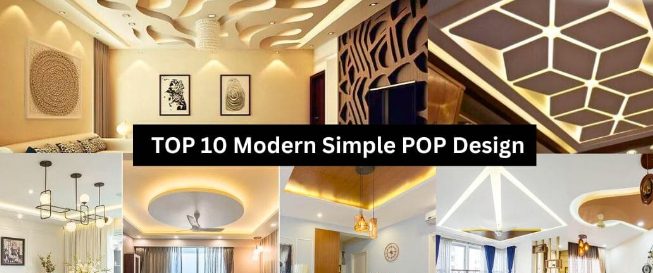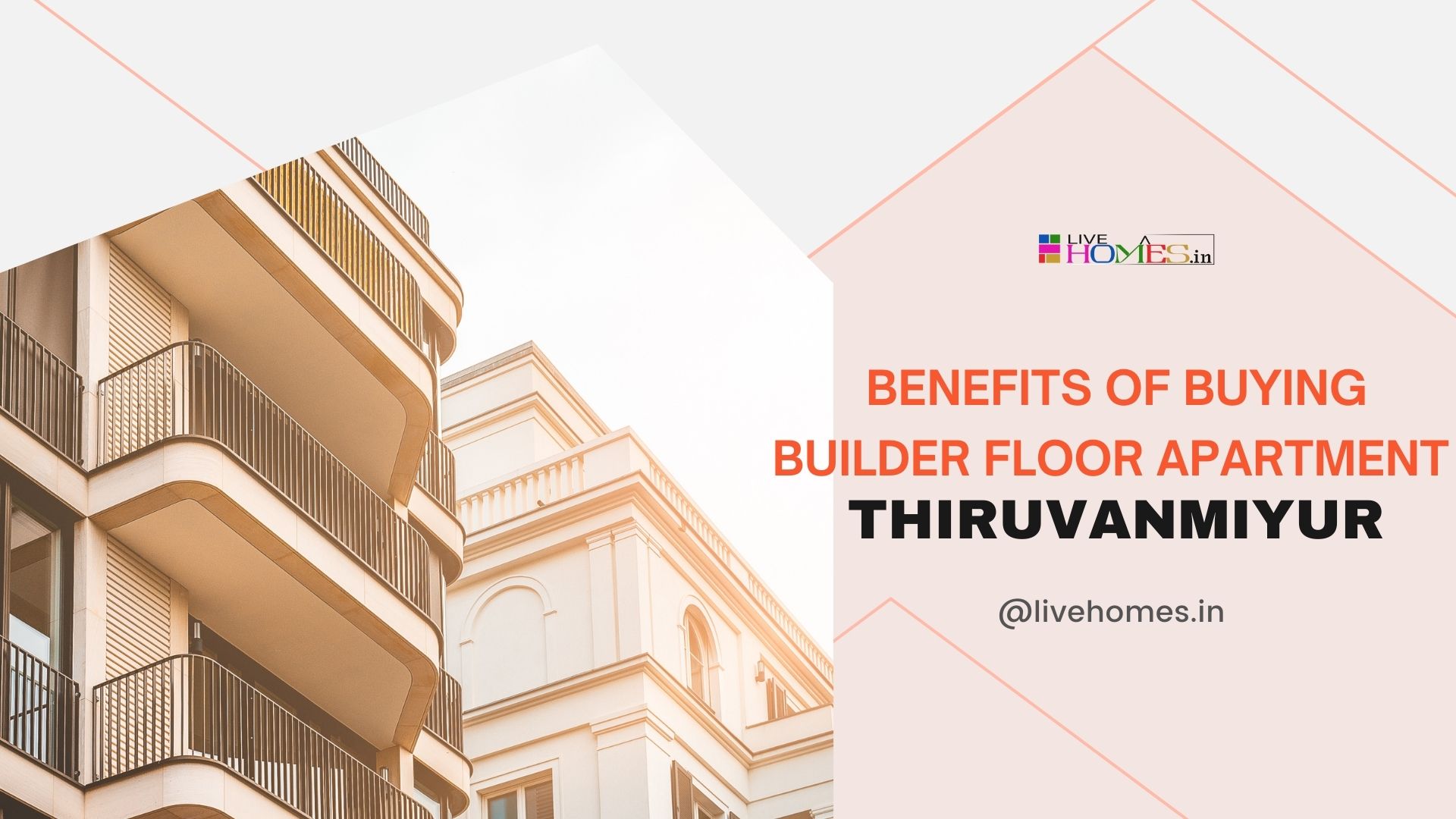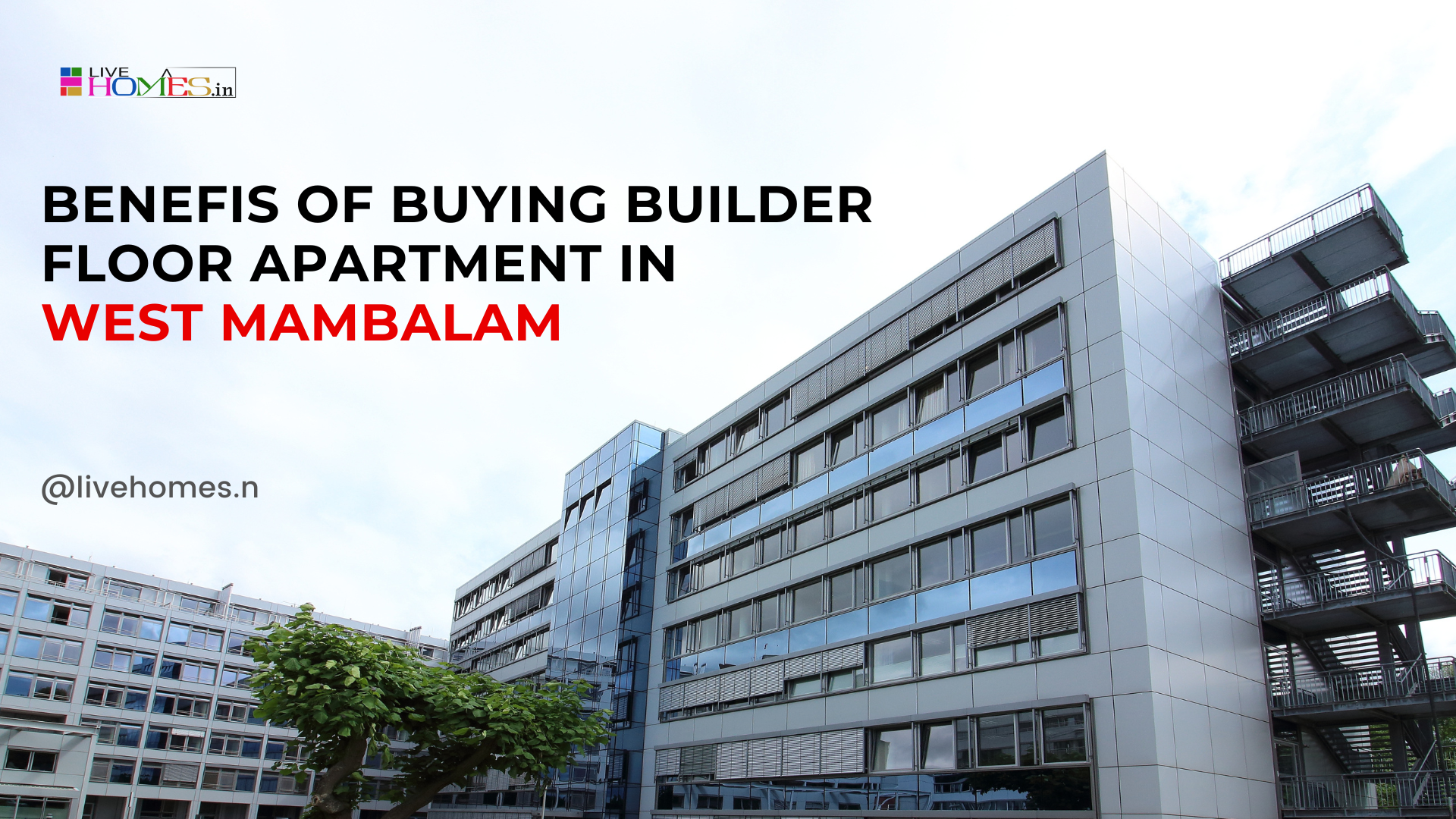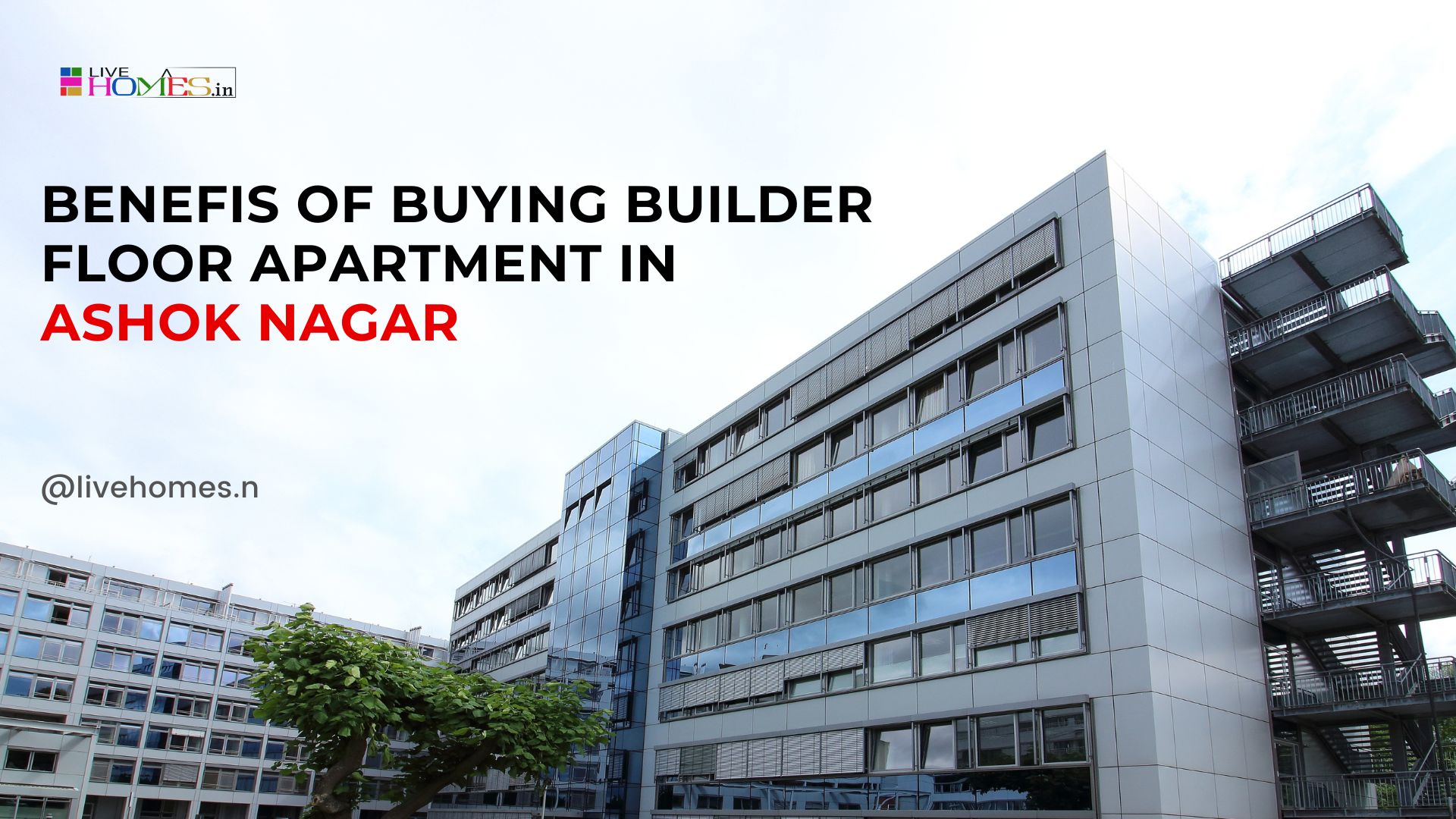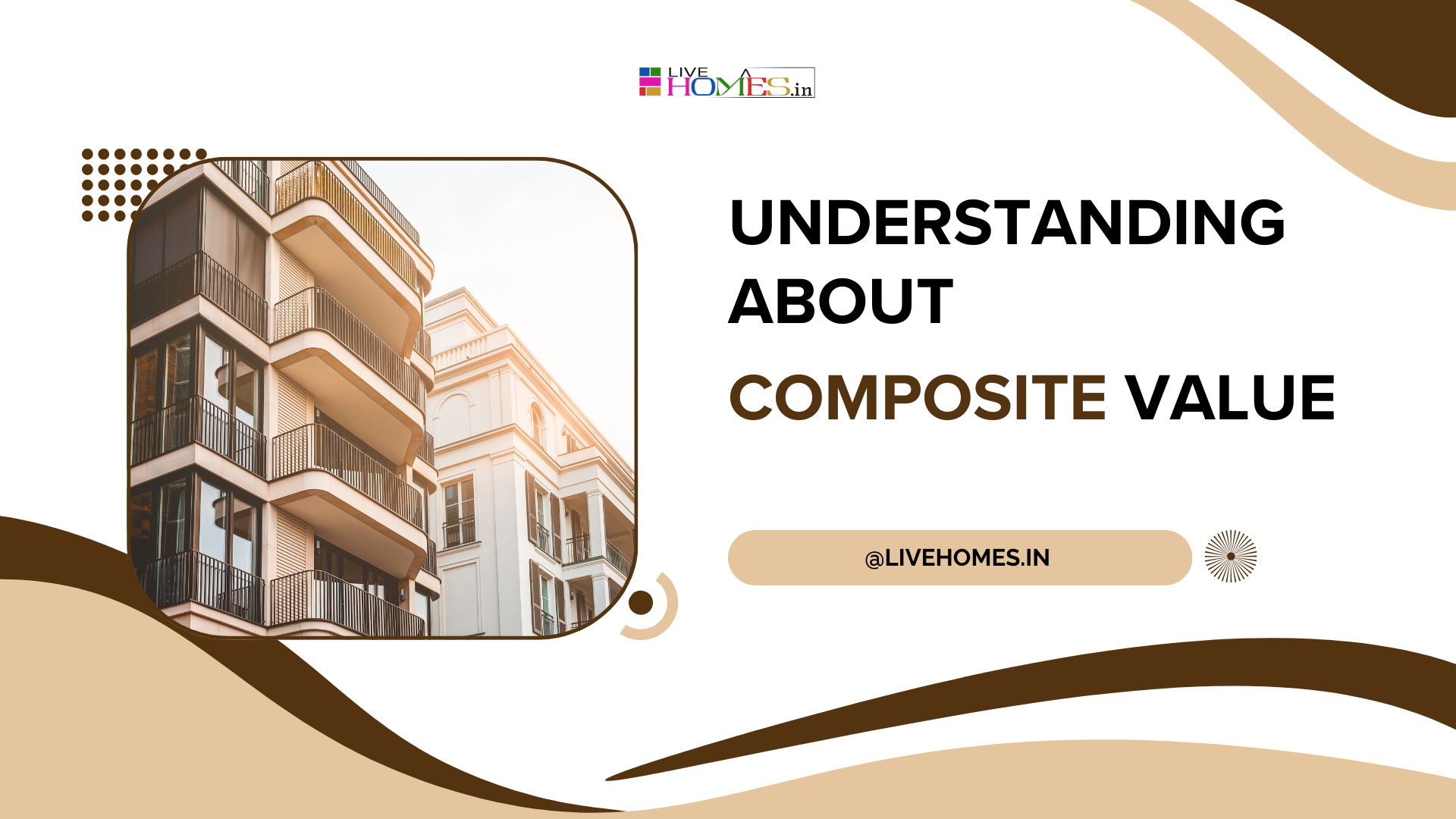A false ceiling, also known as a dropped ceiling or suspended ceiling, is a secondary ceiling that is installed below the main structural ceiling. False ceilings are commonly used in halls and living rooms to enhance aesthetics, improve acoustics, and hide wiring, pipes, or ductwork. Below are some detailed design ideas for false ceilings for a hall:
1. Coffered Ceiling
- Description: This design features a grid of recessed panels, creating a coffered look. The grid can be in square or rectangular patterns.
- Materials: Gypsum board or wood for the frame, with panels made from gypsum, wood, or even lightweight metal.
- Advantages: Adds depth and texture, creating an elegant and classic look. It's also great for sound insulation.
- Considerations: Requires a higher ceiling to avoid making the room feel cramped.
2. Tray Ceiling
- Description: A tray ceiling is created by recessing the central part of the ceiling or raising the perimeter, forming a “tray” shape. This style adds height and dimension to a room.
- Materials: Gypsum board or plaster.
- Advantages: Creates a spacious and airy feel and can be enhanced with lighting around the recessed areas.
- Considerations: Ideal for large halls with higher ceilings.
3. Cove Ceiling with Indirect Lighting
- Description: The ceiling is designed with a cove around the edges, which is often curved. LED strip lights can be installed inside the cove to create a soft, ambient glow.
- Materials: Gypsum board, MDF, or POP (Plaster of Paris).
- Advantages: Provides soft, indirect lighting that creates a warm and inviting atmosphere. The design is versatile and can be tailored to modern or classic interiors.
- Considerations: Requires careful planning of light placement to ensure even illumination.
Also read: Types of False Ceiling Material
4. Floating Panels or Rafts
- Description: This design features individual panels or “rafts” suspended from the ceiling, creating a layered or floating effect. These panels can be of various shapes, such as rectangles, circles, or abstract forms.
- Materials: Gypsum board, metal, wood, or acoustic panels.
- Advantages: Modern and stylish look, excellent for sound absorption, and allows flexibility in design.
- Considerations: Best suited for contemporary spaces and requires precise installation to maintain the illusion of floating.
5. Geometric Patterns
- Description: A false ceiling with geometric shapes, such as hexagons, triangles, or custom abstract designs, can add a unique and artistic touch.
- Materials: Gypsum board or MDF panels, sometimes combined with metal or wood.
- Advantages: Creates a striking visual impact and can be customized to fit the overall theme of the room.
- Considerations: More complex installation and design planning required.
6. Popcorn or Textured Ceiling
- Description: A textured ceiling finish, often applied using spray or paint techniques to give a popcorn-like effect.
- Materials: Plaster or spray-on textures.
- Advantages: Good for sound insulation and hides imperfections on the ceiling surface.
- Considerations: Difficult to clean and may look outdated compared to more modern finishes.
| "Best Builders Floor Apartment in Chennai" |
7. Combination of Materials
- Description: Combining different materials like wood, glass, metal, and gypsum can create a unique and luxurious false ceiling design. For example, using wood beams across a gypsum ceiling or installing glass panels with LED lighting.
- Materials: Gypsum, wood, glass, metal, and LED lights.
- Advantages : Adds depth and richness to the room, allows for creativity in design, and can suit various interior styles.
- Considerations: Can be more expensive due to the variety of materials and the complexity of installation.
8. Starry Sky Ceiling
- Description: A false ceiling designed to mimic a night sky with fiber optic lights embedded to simulate stars. It can also feature constellations or a galaxy effect.
- Materials: Gypsum board for the base, fiber optic cables, LED lights.
- Advantages: Creates a magical and relaxing atmosphere, perfect for media rooms or as a focal point in the hall.
- Considerations: Requires professional installation and can be more expensive due to the lighting elements.
9. Mirrored Ceiling
- Description: Incorporating mirrored panels into the ceiling design to reflect light and make the room appear larger and more open.
- Materials: Glass mirrors or lightweight acrylic mirrors.
- Advantages: Enhances natural light, adds a sense of luxury, and makes smaller spaces feel bigger.
- Considerations: Needs regular cleaning and maintenance, and may not be suitable for all styles.
10. Linear Strip Ceiling
- Description: Utilizes long, narrow strips of material (like wood or metal) arranged in parallel lines across the ceiling to create a linear pattern.
- Materials: Wood, metal, or gypsum board.
- Advantages: Creates a modern, streamlined look, and the linear pattern can elongate or widen the appearance of the room.
- Considerations: Requires careful alignment during installation to maintain a cohesive look.
* Key Considerations for Choosing a False Ceiling Design:
- Ceiling Height: Ensure the design does not make the room feel too enclosed.
- Room Size and Shape: Choose designs that complement the size and shape of the hall.
- Lighting: Plan for both natural and artificial lighting, and how the false ceiling design will impact it.
- Aesthetics: Match the design to the overall interior style of the space.
- Functionality: Consider acoustic properties and maintenance requirements.
- Budget: Some designs are more cost-effective, while others, like coffered or starry sky ceilings, might require more investment.
Also read: Top 20 POP Ceiling Mordern
https://www.livehomes.in/blogs
